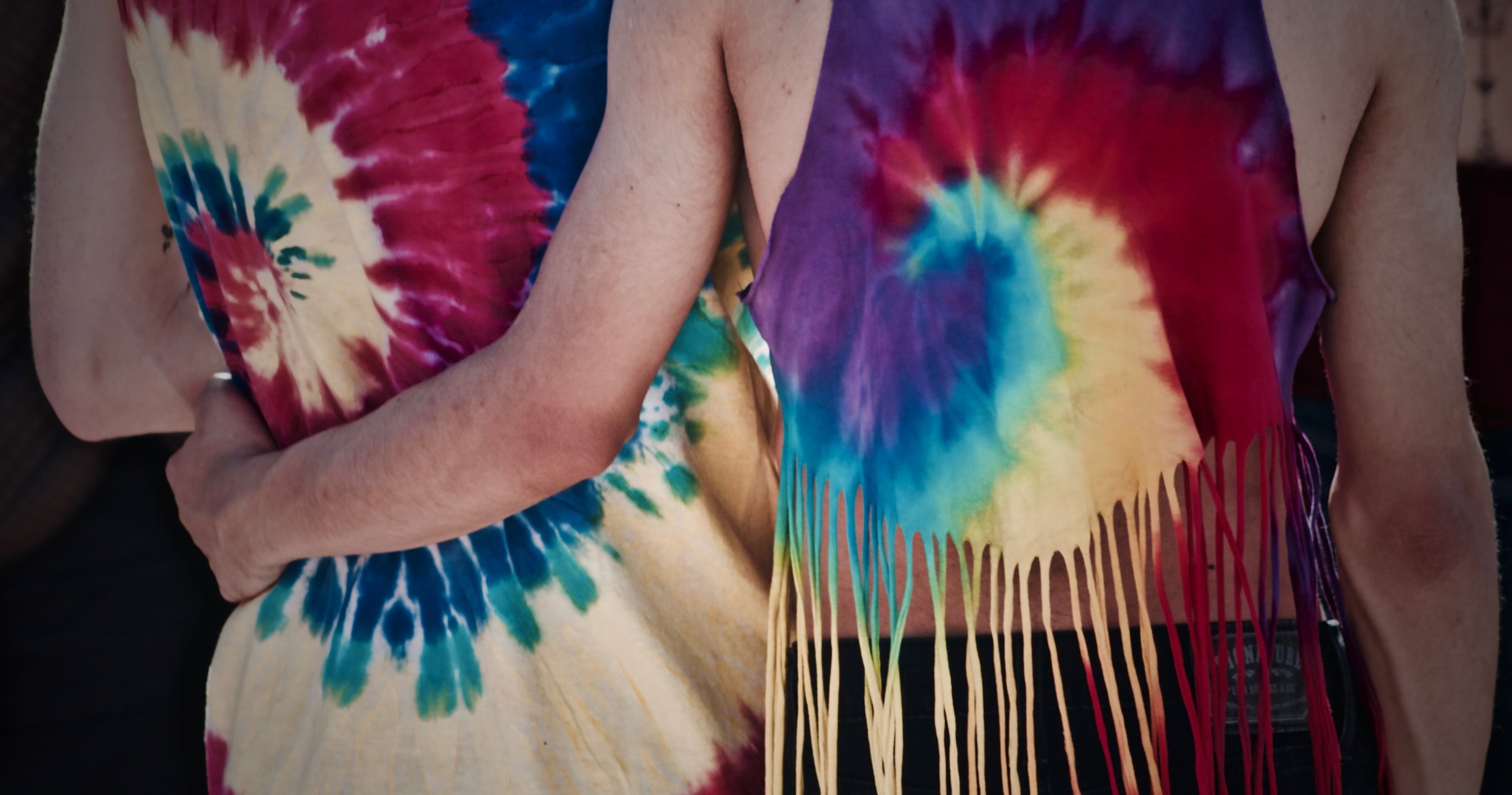How to Tie-Dye (Naturally!)—Updated for 2022
A classic summertime activity with a little (extra) twist

Ah, summertime.
The precious few months dedicated to having fun in the sun, cooling off with a popsicle by the pool, and of course making a few extra-special tie-dye creations.
Who among us doesn’t have a somewhat faded, overly ambitious tie-dyed shirt that we first made as a kid?
I sure do, although mine also suffered a bit from my teenage love of cutting the sleeves off of things.
Oh well.
With these natural tie-dye techniques, I can make myself a new one!
If you’ve ever wondered how to tie-dye with natural ingredients like flowers, today’s your lucky day! I’m about to show you how to create any color under the sun, all with natural ingredients.
After you’ve read this post, you’ll be perfectly prepared to go and make your own beautiful, natural tie-dye creation!
Preparing Your Dyes
Whatever material you’re using to make the colors you want, you’ll prepare them in the same way. Start by chopping the material into small pieces and toss them into a measuring cup to determine how much you have.
You’ll need to add twice as much water as plant material to get a good dye solution, so don’t skip the measuring step! If you’re using a ground spice like turmeric, use one tablespoon per up of water.
Once you have your plant material and water measured out, you have two options on how to continue. If you’re patient, you can leave the mixture overnight and strain it in the morning. If not, you can boil the mixture for one hour and then strain it right away.
The longer you let it sit, the more vibrant your colors will be!
Preparing Your Fabrics
Before we get to the actual tying or dyeing, we’ll need to prepare the fabrics with a fixative. The fixative is what causes the color to bind with the fabrics so that it doesn’t come out in the wash. Don’t worry, the fixatives we’re going to use are completely natural too!
You’ll need to start out with 100% cotton fabric. Beyond that, it can be anything you like- a t-shirt, socks, a onesie, or even fabric by the yard if you intend to sew it up after dyeing.
There are two natural fixatives that work well- one salt-based and one vinegar. Which one you use depends on the source of your dyes. If you’re using berries to dye your fabric, use ½ cup of salt per 8 cups of water, put your fabric in the solution and boil it all for one hour.
If you’re using any other type of plant material, use 2 cups of vinegar and 8 cups of water, put your fabric in and boil for one hour.
After it’s boiled (and cooled!) rinse your fabric under cool water, and then it’s ready to tie and dye!
You’ll want to put your fabric into the dye while it’s still wet, so make sure you’ve got your pattern figured out before you start boiling.

Making Your Design
There are a ton of tie-dyeing techniques out there that you can try, and they all produce different results. Whether you use rubber bands, kitchen forks, fancy tools, or regular knots, you really can’t go wrong!
Experiment with different methods to figure out what you like best.
Red
I guess the blood of your enemies is technically natural, but you do have some easier-to-obtain options to try first. Beets make a great true red, while red onion skins can produce more of a burgundy hue.
Orange
Orange can be achieved with the skins of yellow onions, while tea bags or coffee grounds get you more in the range of burnt umber.
Yellow
Turmeric makes a really bright, sunshine yellow. Celery leaves can also make a nice yellow color.
Green
Spinach and parsley both make a nice green dye once they’ve soaked. You can try them both individually or mix them together. Artichokes can also work!
Blue
True blue is a more difficult color to achieve with natural dyes, but red cabbage leaves can get you a blueish purple color and hyacinth flowers can get you a pale blue color.
Pink
Strawberries and cherries are both perfect choices for a nice rosy pink. Speaking of rosy- rose petals are also a great pick! Remember that if you’re using a berry-based dye, you’ll need to prepare your fabric with the salt fixative rather than the vinegar one.
Purple
You can actually achieve a wide variety of purple hues with natural, plant-based dyes. Daylily blooms, blueberries, mulberries, and blackberries, red cabbage leaves, and red hibiscus flowers all produce a range of pretty purples.
Looking for a way to "twist" your ethical shopping? Check out these posts!

Kayla Robbins
DoneGood Contributor
A freelance writer working with bighearted businesses who want to better our world.


Leave a comment